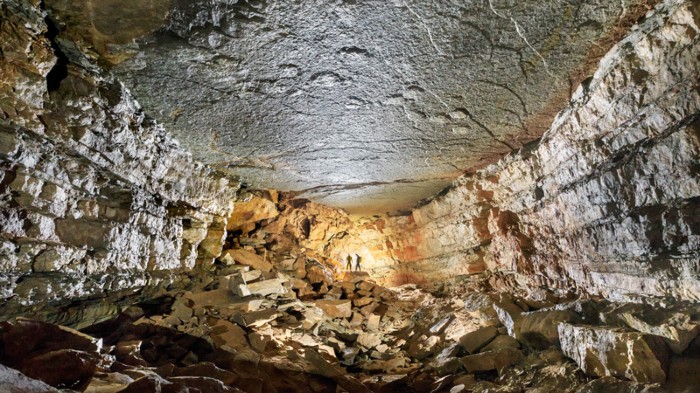Down to Earth Extra - May 2020
The latest edition was sent to me in 2 parts. Get Part 1 HERE and Part 2 HERE.
I have combined the parts and you can get the complete version HERE.
Or you can read it below.
Talks, field trips and events organised by west country geological organisations are publicised on this blog. Discussion about geological topics is encouraged. Anything of general geological interest is included.
 |
| A scientist on a caving trip happened to spot dinosaur tracks in the ceiling of Castelbouc Cave in France. Credit: Jean-David Moreau et al./J. Vertebr. Paleontol. |
 |
|